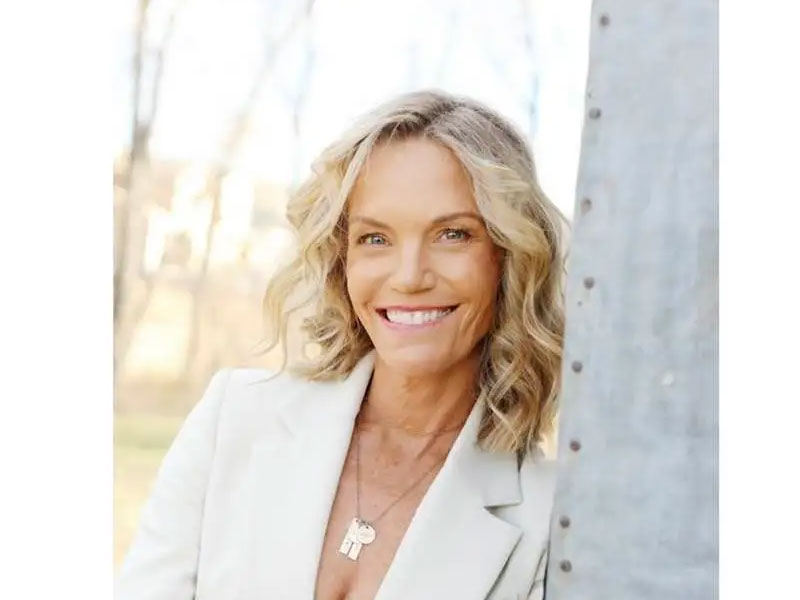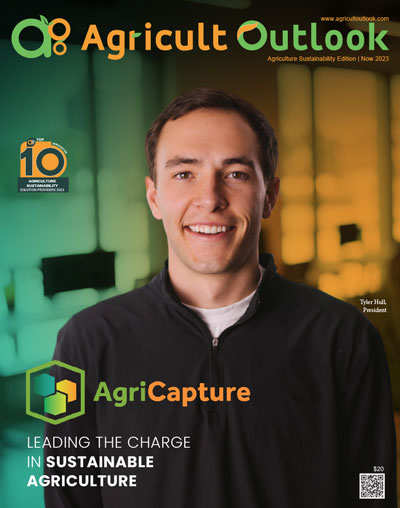In 2023, the World Bank released a report called “Detox Development, Repurposing Environmentally Harmful Subsidies.” In the report, the Bank cites $7.3 trillion of subsidies that are environmentally destructive, specifically calling out the agrochemical sector for its contribution to degradation of water, soil and air quality.
It’s a brave new voice in this work to address the current challenges in the farming sector, as they call out the fact that we are subsidizing the destruction of the planet. And it begs the question: if given a choice, do any of us want our tax dollars to work this way?
Agriculture can be a leading source of not only environmental degradation but also pollution in countries around the world. Pesticides, fertilizers and toxic farm chemicals degrade water, air and soil.
But these aren’t the only assets that these agricultural products degrade.
The financial health of farmers is a critical factor for the sustainability of our food system, and one that is often overlooked.
And while there is increased attention on factors like soil health, carbon and water infiltration, if farming is no longer economically viable to young people as a profession, we have an escalating food security crisis.
Food security is national security.
Just five years ago, in the United States, the U.S. farm economy was $426 billion in debt. Today, that number has leapt to $535 billion.
As a share of production expenses, interest expenses are the third largest expense (7.4%). They are also the fastest growing farm production expense, increasing 19.1% in 2023 and 33.2% in 2022, according to the USDA.
In 2022, the median income from farming was $178, 692 for households operating commercial farms.
So what is happening? Why the explosive increase in interest expenses? Why the increased debt levels? And would any young person starting a career be interested in this financial situation?
A young person starting a career and a family is staring down these numbers, the increasing debt levels and interest expenses, coupled with the income from farming, and they are opting out. The math doesn’t work.
In other parts of the world, it’s the same.
In Australia, for example, the average debt level of a farmer is $2.46 million Australian dollars. The average income of an Australian farmer is between $70,000-90,000 Australian dollars.
Australian farmers carry almost $110 billion in debt.
Stop for a minute and consider if we ask any other entrepreneur to carry this level of debt with this promise of income.
Farmers are the frontline of food security, soil health, water security, environmentalism and so much more. Soil serves as a carbon sink. Healthy soil is one of our greatest tools in climate mitigation.
The greater the debt level grows, the harder it is to attract young farmers into the profession and onto the farm.
So as we consider solutions in agriculture, in light of the escalating climate crisis, we need to consider what we are doing to make the math work for our farmers. Because candidly, the status quo is financial abuse. Farmers are so indebted, and it’s created a situation where young people no longer want to go into farming. It challenges food security. And food security is national security.
So what are existing farmers doing under this pressure? Many are opting out, some are resorting to suicide. Around the world, suicide rates among farmers are alarmingly high.
In the U.S., the average age of the farmer is 58. In the UK, the average age of the farmer is 59. In Kenya, it is 60. And in Japan, it is the highest average at 67. What happens when this generation of experienced farmers retires? Who will put food on the table after them?
The other option is that young people are just opting out.
So rather than spend these words writing about the next ag+tech innovation, or the next carbon market or the next drone technology, perhaps it’s time that we invest in the farm economy in a different way.
Our farmers have inherited a chemically intensive operating system that has straddled them with debt and created an unlivable situation for too many farming families, with debt levels and chemical exposures that are deterring young people from entering the profession.
As farmers wake up to the debt levels associated with their use of genetically engineered crops and the portfolio of insecticides, fungicides and herbicides needed to grow them, they realize
they have a choice. They can continue to take on more debt to buy these products (which ultimately drives the share prices of the chemical companies selling them), or they can opt out.
They can turn towards soil stewardship with regenerative and organic agricultural practices. They can get off of the chemical treadmill and embrace 21st century practices that not only regenerate soil health and their financial situations, but also attract the younger generation to the farm again.
If we are going to have an honest conversation about sustainability, it starts with the financial security of our farmers. The operating system put in place by the agrochemical giants over the last 3 decades has not only resulted in soil and climate degradation, as a result of the increased use of their products, but also in the degradation of farm economies around the world, as debt levels exploded.
If the math doesn’t work for farming families, our food and ag systems won’t either.
Robyn O’Brien is the best selling author of The Unhealthy Truth (2009) and Seeding Innovation, the Path to Profit and Purpose in the 21st Century (Wiley 2024). She is a global speaker on innovation and courage and a partner at Montcalm.




